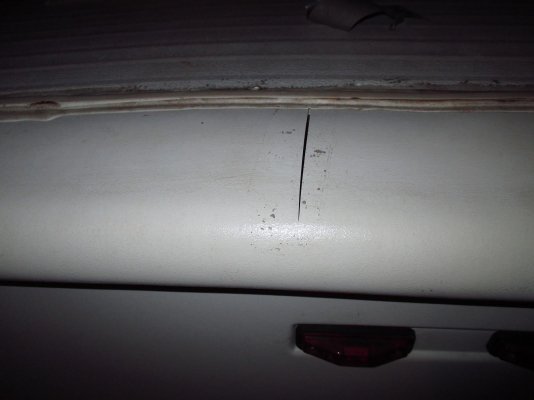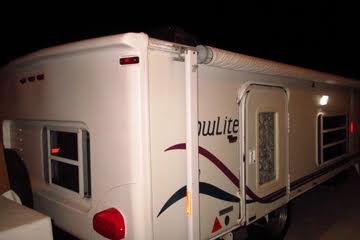Hi you guys,
I just replaced the back plastic cap that cracked on my 2001 Hi-Lo Trailer 17t towlight. I ordered the replacement rear plastic cap from hilo trilers.com and a professional RV repair shop replaced/installed the entire rear plastic cap. Now (3) months later it cracked again. Please see attached (2) images.
- What is causing this cracking or splitting of plastic?
- I always put a tarp over my hilo to protect it from the elements
- Also How can this be repaired without having to replace the whole back plastic cap again.
- Is there a special adhesive that we can use that can be fixed and provide a more permanent fix?
Thanks
Isabel
I just replaced the back plastic cap that cracked on my 2001 Hi-Lo Trailer 17t towlight. I ordered the replacement rear plastic cap from hilo trilers.com and a professional RV repair shop replaced/installed the entire rear plastic cap. Now (3) months later it cracked again. Please see attached (2) images.
- What is causing this cracking or splitting of plastic?
- I always put a tarp over my hilo to protect it from the elements
- Also How can this be repaired without having to replace the whole back plastic cap again.
- Is there a special adhesive that we can use that can be fixed and provide a more permanent fix?
Thanks
Isabel



